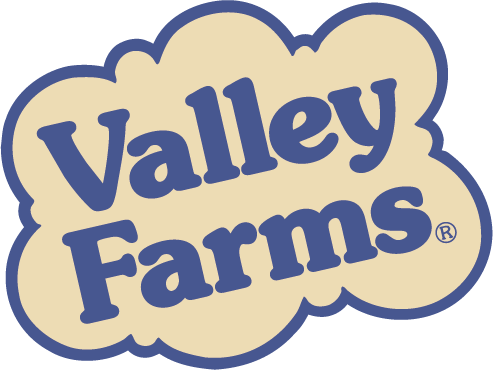
Red, White, and Bird: Get to Know the Great American Redstart
Share
We previously talked about the Wondrous Warblers. Now we’re going to dive into one specific type of warbler: The American Redstart.

The Name & The Look
As one of the most common warblers in the US, the American Redstart (Setophaga ruticilla) is a unique and beautiful bird. Many wonder why it is called the American Redstart. This lively songbird gets its name from various sources. The “American” is because it is native to North and South America, distinguishing it from the European bird known as the Common Redstart. The “start” comes from the old English word steort, which means tail.
The “red” element is for the reddish-orange tail and flanks that males characteristically display. These colors, as well as the black body and a white belly, start to show up on males after about two years. Females and immatures have gray bodies and yellowish tails, which leads some to refer to them as “yellowstarts.”

Male American Redstart | Photo cred: Frank Shufelt

Female American Redstart | Photo cred: All About Birds
The Tale of the Tail
The American Redstart’s tail serves more of a purpose than simply delivering a flashy look. This bird flashes its tail as it hops along the ground foraging for insects. The flashing of the tail draws insects out of the leaves they were previously nesting in and into the air for the American Redstarters to catch. This helps them find their way to feasting on flies, which they catch in larger quantities than any other warbler.

American Redstart flashing his tail | Photo cred: Audubon
On the subject of food and bird feed, American Redstarts actually have quite a varied diet of insects, unlike most other warblers which mostly eat spruce budworms. Some of their preferred insects include leafhoppers, planthoppers, flies, moths and their larvae, wasps, and beetles.They’ll also indulge in berries and other fruits like barberry, serviceberry, and magnolia berries and fruits, such as barberry, serviceberry, and magnolia. Planting these types of shrubs in your backyard may help attract them, as would putting out suet and mealworms.

American Redstart ready to catch insects | Photo cred: Animalia
The Sweetness of Song
American Redstarts may be known for their ability to flit in and out of foliage, but they’re also identifiable by their song. Male American Redstarts have an upbeat call they use to claim their territory and attract mates. To encourage females, males sing a series of 2-11 thin, high-pitched notes that build over the course of the call. Occasionally the song will crescendo with an ending that some people liken to a sneeze.
Listen and watch the American Redstart's call!
Habitat, Home, and Migration
Redstarts favor secondary forestlands and second-growth woodlands with plenty of shrubs. They tend to nest in low, middle, or high canopies throughout most of the eastern and northern sections of the United States and southern Canada. As for migration patterns, these birds are common spring and fall migrants in the East. They arrive in May in most parts of the U.S. and Canada but are also mid-season fall migrants, popping up in mid-September and early October. They migrate south through North America and spend their winters in Mexico, Central America, and northern South America. Western American Redstarts stay in the west even during their migrations, hovering around southern California, Mexico, and Central America. Just like most fellow warblers, Redstarts migrate at night.
In the winter, you may be lucky enough to find the American Redstart amongst mangroves, shade coffee plantations, citrus plantations, wet forests, scrub thickets, and even in an isolated tree in residential urban areas.
Valley Farms Natural Dried Mealworms 1LB
$19.95
St. Albans Bay Suet Plus Variety Suet Wild Bird Food
$15.60
Birds of all feathers will flock together to your yard when you fill your suet feeder with St. Albans Bay’s Suet Plus suet cakes. With six varieties, you can experiment to see which birds like which one the best.
All are designed to nourish and attract a variety of wild birds, from chickadees to cardinals and titmice to woodpeckers and even American Redstarts!
Filling your feeder is easier than even with the easy-open packaging—no scissors needed! That makes for a no mess bird food you’ll love. Be sure to recycle the packaging when you’re done!
Get ready to host American Redstarts in your backyard by luring them in with premium wild bird feed from Valley Farms®. Find all the bird feed and feeders you need from your favorite bulk bird seed supplier right here!


